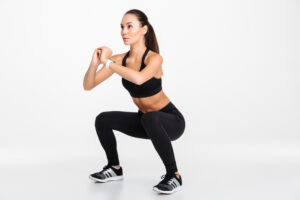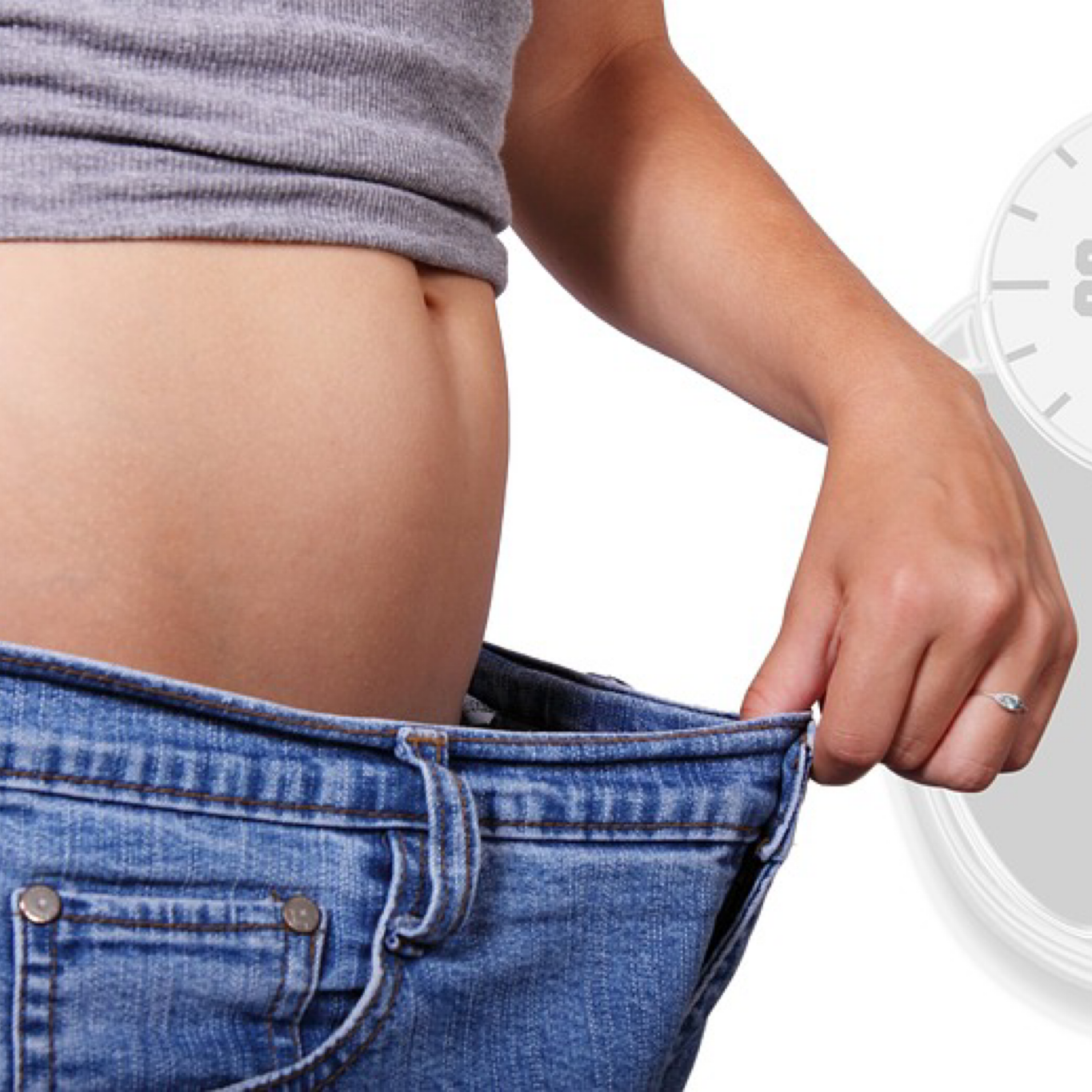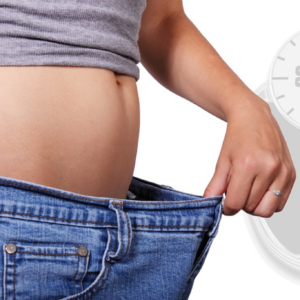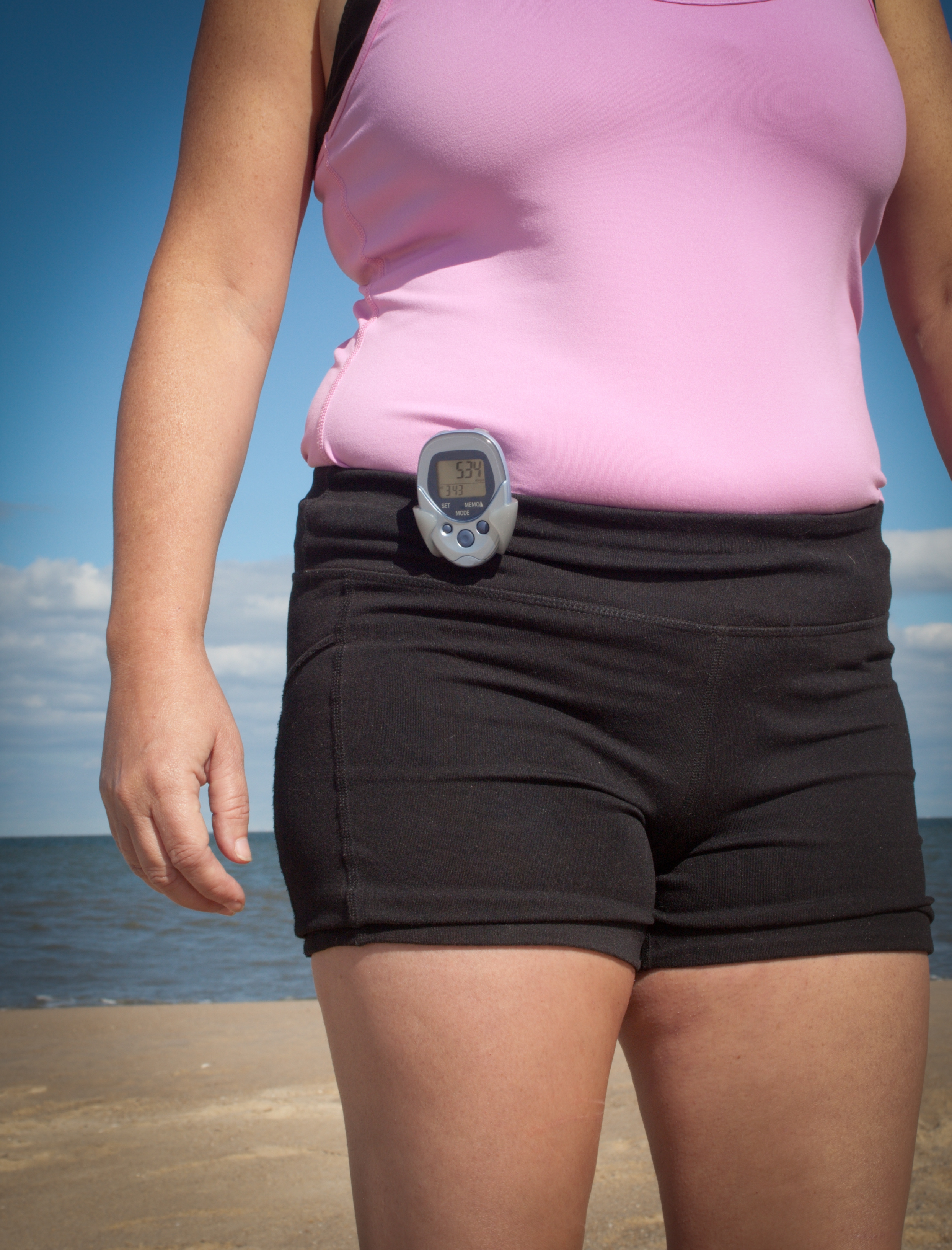No Gym? No Problem! Try this 15-Minute Full Body Workout at Home
Introduction
Are you looking for a quick, yet effective full-body workout that you can do in just 15 minutes? Look no further! This workout plan is designed to target your entire body muscles, and all you need are some hand weights. Let’s dive in!
The Workout Plan
Here are ten basic exercises that make up our 15-minute full body workout:
- Burpees: Start with 3 sets of 10 reps. To make it more challenging, try doing burpees with a push-up or a jump at the end.
- Squats: Grab your hand weights and do 3 sets of 12 reps. To progress, increase the weight or try squat jumps.
- Step-ups: Use a chair or bench to perform 3 sets of 10 reps per leg. Make it harder by adding a knee lift at the top.
- Squat press: With your hand weights, do 3 sets of 12 reps. Increase the weight for more challenge.
- Squat-curl-press: Holding your hand weights, perform 3 sets of 12 reps each. Try adding a shoulder press at the top for progression.
- Single arm hinge and swing: Start with 3 sets of 10 reps per arm. To make it more challenging, try doing it with a heavier weight.
- Deadlift row: Use your hand weights to perform 3 sets of 12 reps. Make it harder by adding a row at the top.
- Side squat to overhead press: Do 3 sets of 10 reps per side. Increase the weight for more challenge.
- Single arm clean and press: Start with 3 sets of 10 reps per arm. To progress, increase the weight or try doing it with both arms.
- Plank: Aim for holding the plank for 30 seconds to one minute. To make it more challenging, try lifting one leg or one arm off the ground.
Remember to maintain proper form throughout to prevent injuries and maximize results.
Exercise Instructions
Here are the simple instructions for each exercise:
- Burpees:
- Start standing with feet hip-width apart.
- Squat down and plant hands firmly on the ground.
- Jump feet back into a plank position, forming a straight line from head to heels.
- With control and an engaged core, drop knees, hips, and chest to the floor.
- Press back up to plank.
- Jump feet back up to hands.
- Squats:
- Stand tall with your hands by your sides, feet shoulder-width apart, and toes pointed forward.
- Keeping your back flat and core braced, push your hips back, bend your knees, and lower your body until your thighs are parallel to the floor.
- Step-ups:
- Face a step, box, or bench.
- Interlace your fingers and place your hands behind your head.
- Pull your elbows back in line with the back of your head.
- Place an arch in your lower back.
- Step up with your right leg.
- Lift your left leg up until your knee is hip height, making a ninety-degree bend at the knee and hip.
- Squat press:
- Stand with feet shoulder-width apart and hold a pair of dumbbells at shoulder height.
- Lower into a squat position by pushing hips back and bending knees to lower the body as far as possible without losing the natural arch of the lower back.
- Push heels into the ground to stand up out of the squat position while pressing weights overhead.
- Squat-curl-press:
- Stand with feet shoulder-width apart and hold a pair of dumbbells at arm’s length by sides, palms facing forward.
- Lower into a squat position by pushing hips back and bending knees to lower the body as far as possible without losing the natural arch of the lower back.
- Push heels into the ground to stand up out of the squat position while curling weights to shoulders.
- Press weights overhead.
- Single arm hinge and swing:
- Stand with feet hip-width apart and hold a dumbbell in one hand in front of thigh.
- Hinge at hips to lower torso until it’s almost parallel to floor while letting dumbbell hang at arm’s length from shoulders.
- Bend knees slightly and brace core.
- Swing dumbbell between legs while keeping core engaged.
- Deadlift row:
- Stand with feet hip-width apart and hold a pair of dumbbells at arm’s length in front thighs, palms facing body.
- Hinge at hips to lower torso until it’s almost parallel to floor while letting dumbbells hang at arm’s length from shoulders.
- Bend knees slightly and brace core.
- Pull dumbbells to sides of torso by squeezing shoulder blades together.
- Side squat to overhead press:
- Stand with feet hip-width apart and hold a pair of dumbbells at shoulder height, elbows bent and palms facing each other.
- Take a big step to side with right foot and lower into a squat by pushing hips back and bending knees.
- Push off right foot to return to start while pressing weights overhead.
- Single arm clean and press:
- Stand with feet hip-width apart and hold a dumbbell in one hand in front of thigh.
- Bend at hips and knees while letting dumbbell hang at arm’s length from shoulders.
- Pull dumbbell straight up close to body until it reaches chest level while quickly dipping body underneath it by bending knees.
- Plank:
- Start on all fours with forearms flat on the ground, elbows under shoulders, legs extended behind you, and feet together so that body forms a straight line from head to heels.
Remember to always maintain proper form during these exercises to prevent injury. If you’re new to these exercises or have any health concerns, it’s a good idea to talk to a fitness professional or healthcare provider before trying them out. Enjoy your workout! 😊
Making Your Exercises More Challenging
To make these exercises more challenging, you can increase the number of sets or reps, add more weight, or decrease rest time between sets. You can also try different variations of these exercises.
Progressing Your Workout
Progression is key to continuous improvement and avoiding plateaus. You can progress by increasing the intensity (more weight, more reps), increasing the frequency (more workout days), or trying more advanced exercise variations.
Weekly Workout Schedule
A good weekly schedule could be:
- Monday: Full Body Workout
- Tuesday: Rest
- Wednesday: Full Body Workout
- Thursday: Rest
- Friday: Full Body Workout
- Saturday: Rest
- Sunday: Rest
Remember, rest is crucial for muscle recovery and growth!
Conclusion
This 15-minute full body workout is perfect for those with busy schedules. With just a pair of hand weights and a little determination, you can effectively work your entire body muscles in no time.
Remember, consistency is key! Stick with it, and you’ll see results you want.




